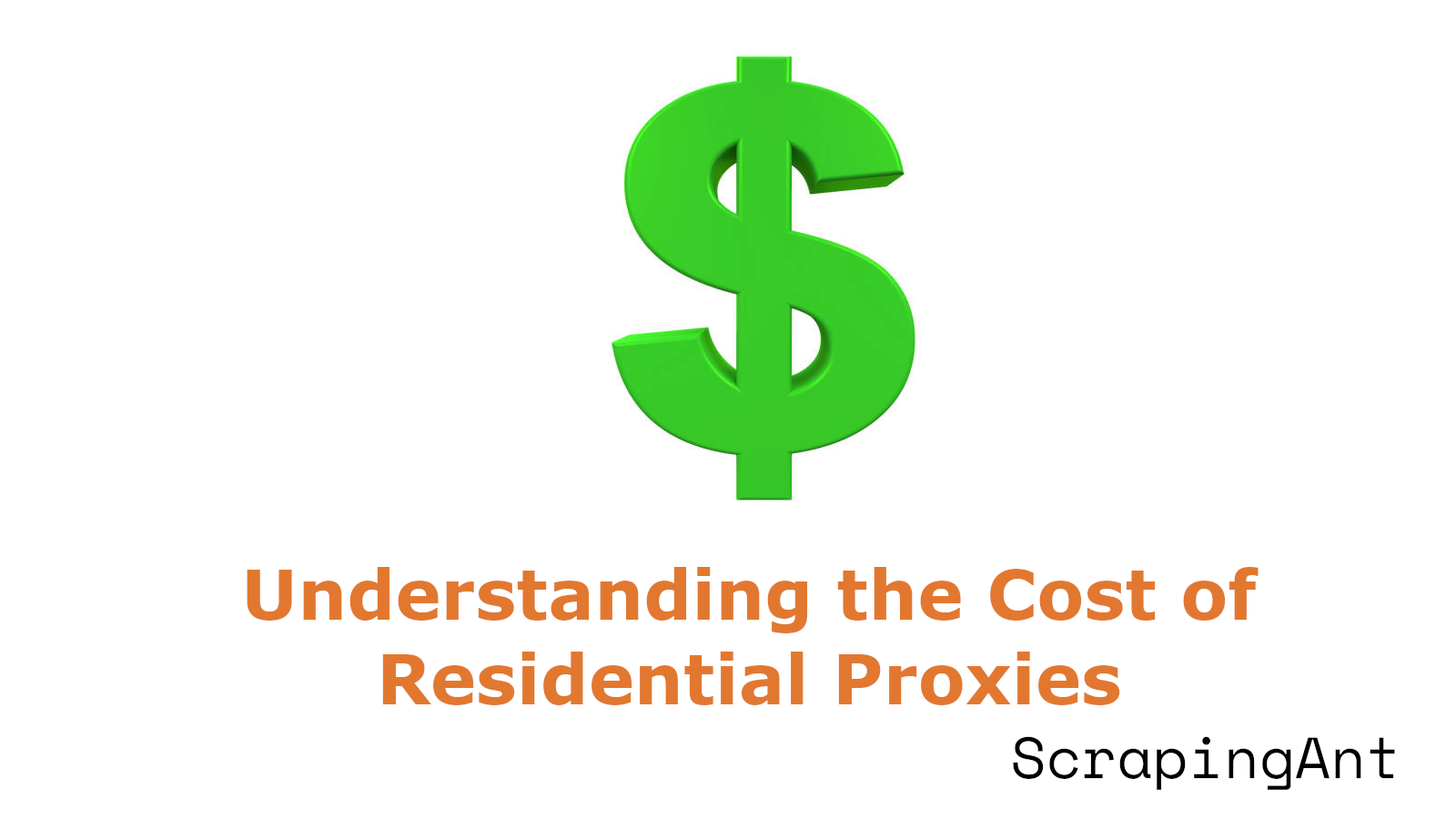
In the rapidly evolving landscape of internet technologies, residential proxies have emerged as a critical tool for businesses and researchers seeking to access geo-restricted content, conduct market research, and perform large-scale web scraping operations. However, the high cost associated with these services has become a significant point of discussion within the industry. This comprehensive report delves into the multifaceted factors contributing to the elevated prices of residential proxies and examines the complex market dynamics shaping this sector.
At the heart of the cost issue lies the scarcity of residential IP addresses. As the internet continues its exponential growth, the pool of available IPv4 addresses has become increasingly depleted (Harvard Business School). This scarcity has given rise to a second-hand market for IP addresses, driving up costs and creating new challenges for proxy providers (VMBlog).
Beyond the issue of scarcity, the operational complexities involved in maintaining a vast and distributed network of residential IPs contribute significantly to the high costs. Unlike datacenter proxies, residential proxies rely on a decentralized infrastructure that spans multiple geographic locations and involves real residential internet connections. This decentralized nature introduces additional challenges in terms of stability, management, and performance optimization (Infatica).
Ethical considerations and regulatory compliance also play a crucial role in the cost structure of residential proxy services. Reputable providers must navigate a complex landscape of legal requirements, including data protection laws like GDPR, while ensuring that their IP sources are ethically obtained with proper user consent (Geekflare).
This report will explore these factors in detail, providing insights into the technical aspects of residential proxy networks, the strategies employed by premium providers to differentiate their services, and the innovative solutions being developed to address the challenges in this field. We will also examine pricing models, performance metrics, and real-world use cases to provide a comprehensive understanding of the residential proxy market.
To illustrate the practical implementation of residential proxies, we will include code samples in popular programming languages such as Python and JavaScript, demonstrating how these tools can be effectively utilized in various scenarios. By the conclusion of this report, readers will have gained a thorough understanding of the factors driving the high costs of residential proxies and the complex market dynamics that shape this essential component of modern internet infrastructure.

